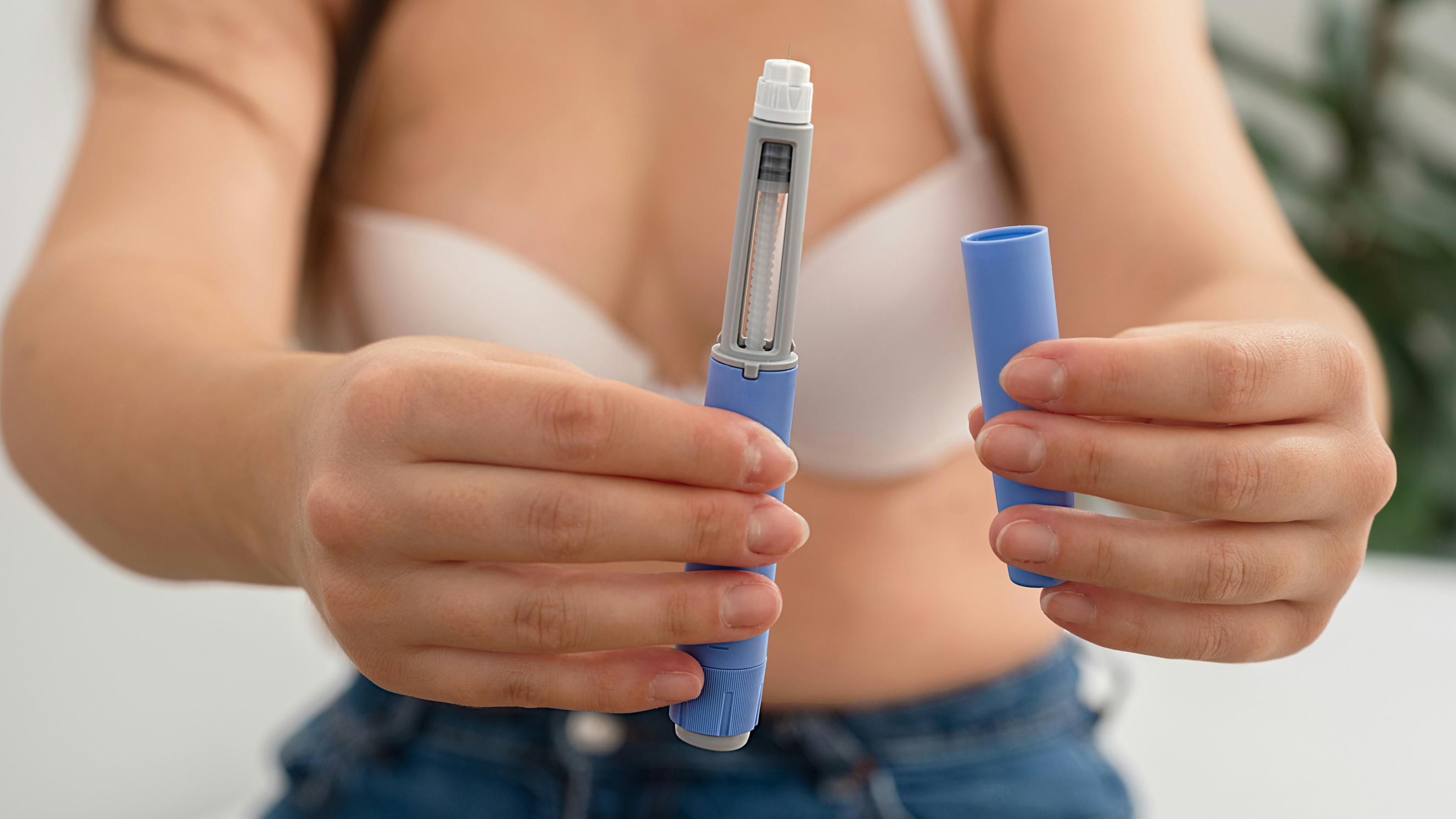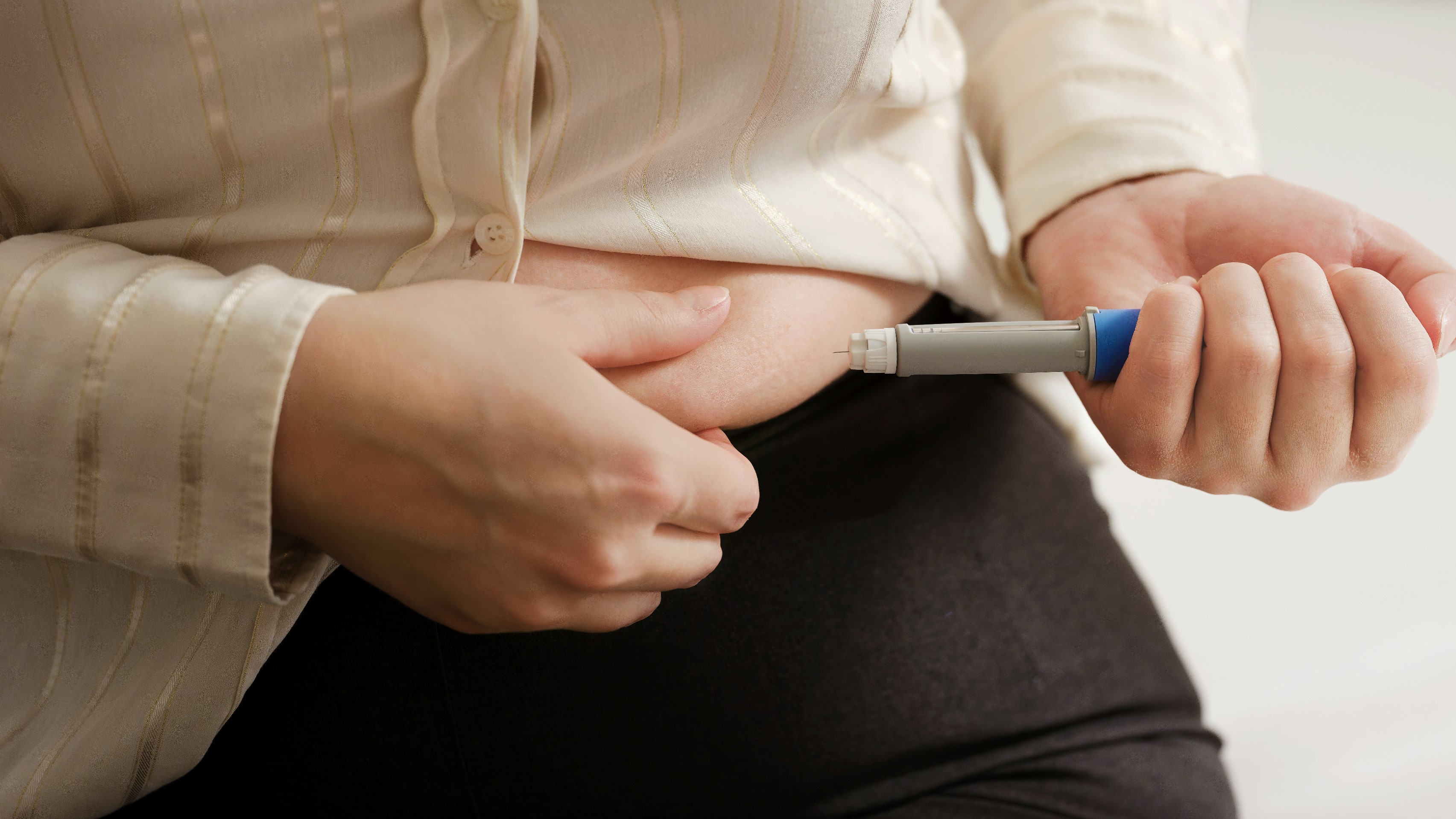Table of Contents


Introduction to Trulicity
Trulicity (dulaglutide) is a prescription medication used to treat type 2 diabetes. It belongs to a class of drugs called glucagon-like peptide-1 (GLP-1) receptor agonists. Trulicity works by mimicking a hormone that stimulates insulin production, helping to lower blood sugar levels in adults with type 2 diabetes. It's typically used alongside diet and exercise to improve glycemic control.
Common Side Effects
Like all medications, Trulicity can cause side effects. Some of the most common include:
- Nausea
- Diarrhea
- Vomiting
- Abdominal pain
- Decreased appetite
It's important to note that not everyone experiences these side effects, and they often decrease over time as your body adjusts to the medication. However, understanding how your diet can affect these side effects is crucial for managing your treatment effectively.
Foods to Avoid or Limit While Taking Trulicity
1. Saturated and Trans Fats
The general recommendation, even from Eli Lilly themselves, is to avoid fat or fatty foods when experiencing nausea. Research has linked fatty foods to dyspepsia (upper stomach pain or indigestion), bloating and nausea. Alongside Trulicity, which has similar side effects, there could be compounding effects, increasing feelings of gastrointestinal discomfort.
Some fats, however, can be healthy. Focus on avoiding saturated and trans fats, which are associated with high cholesterol and increased cardiovascular risk. Foods typically high in these fats include:
- Whole-fat dairy products (butter, whole milk, ice cream)
- Coconut oils, palm oils, shortening, and margarine
- Fatty and processed red meats (bacon, sausage, burgers, steak)
- Processed baked goods (cakes, pies, cookies, doughnuts)
- Fried or battered foods
Health experts recommend replacing saturated and trans fats with healthier options like omega-3 fatty acids found in fatty fish and monounsaturated fats in nuts.
2. Fried and Greasy Foods
Fried foods are particularly problematic for individuals taking Trulicity. These foods are often high in saturated and trans fats, which can exacerbate gastrointestinal side effects such as nausea and upset stomach. Beyond the immediate discomfort, regular consumption of fried foods is associated with increased risks of coronary artery disease and type 2 diabetes complications.
The health risks of fried foods can be even more pronounced when eating out. Restaurant practices often involve reusing frying oil, which can lead to the formation of harmful compounds. Additionally, restaurant portions tend to be larger and often contain higher levels of sodium, further complicating diabetes management.
To mitigate these risks, consider adopting healthier cooking methods at home. Techniques such as boiling, steaming, baking, or roasting can help retain nutrients without adding excessive fats. When oil is necessary, opt for heart-healthy options like olive oil, which is rich in monounsaturated fats. These alternatives not only support better diabetes management but also contribute to overall cardiovascular health.
3. Sugary Foods
Consuming very sugary foods can lead to rapid spikes in blood glucose levels, potentially counteracting the glycemic control that Trulicity is designed to provide. These sudden increases in blood sugar can be especially problematic, as they may lead to energy crashes and increased cravings later on.
Moreover, diets high in added sugars are often associated with several negative health outcomes:
- Overeating: Sugary foods can trigger the brain's reward centers, potentially leading to overconsumption.
- Weight gain: Excess calories from sugar are easily stored as fat, complicating diabetes management.
- Increased insulin resistance: Over time, high sugar intake can exacerbate insulin resistance, making diabetes more difficult to control.
- Inflammation: Chronic high blood sugar levels can promote inflammation throughout the body, potentially worsening diabetes-related complications.
These factors can make it significantly more challenging to adhere to the lifestyle changes recommended for optimal Trulicity effectiveness, such as maintaining a healthy weight and following a balanced diet.
It's important to note that sugar isn't just found in obvious sources like candy or soda. Many processed foods contain hidden sugars, including:
- Bread
- Pasta sauces
- Salad dressings
- Yogurt
- Cereals
- Granola bars
- Canned soups
To navigate this, always check nutrition labels before purchasing food items. Look not just for "sugar" on the ingredient list, but also for other forms of added sugars such as high fructose corn syrup, dextrose, maltose, and fruit juice concentrates.
When possible, opt for whole, unprocessed foods and prepare meals at home to have better control over your sugar intake. If you do consume something sweet, pair it with protein or fiber to help slow down the absorption of sugar and minimize blood glucose spikes.
Remember, while managing sugar intake is important, it doesn't mean you can never enjoy sweet foods. Work with your healthcare provider or a registered dietitian to develop a balanced meal plan that accommodates occasional treats while keeping your blood sugar levels stable and supporting your overall health goals.
4. Refined Grains and Carbohydrates
Carbohydrates play a crucial role in managing blood glucose levels for individuals with type 2 diabetes, especially those taking Trulicity. However, not all carbohydrates are created equal when it comes to their impact on blood sugar.
The glycemic index (GI) is a measure of how quickly a food can raise blood glucose levels. Low GI foods (55 or less on the scale) are digested and absorbed more slowly, leading to a gradual rise in blood sugar. These are generally preferable for managing type 2 diabetes. High GI foods (70 or above) cause rapid spikes in blood glucose, which can be particularly challenging when trying to maintain stable blood sugar levels with Trulicity.
Foods to limit or avoid (high GI):
- Processed cereals and snack foods
- White bread and pasta
- White rice
- Potatoes and other starchy vegetables
- Watermelon and pineapple
- Honey and syrups
Instead, opt for lower GI alternatives:
- Whole grains (e.g., quinoa, steel-cut oatmeal, brown rice)
- Non-starchy vegetables (e.g., leafy greens, carrots, bell peppers)
- Legumes (e.g., lentils, chickpeas, black beans)
- Most fruits, especially berries and citrus fruits
- Nuts and seeds
By choosing foods with a lower glycemic index, you can help maintain more stable blood sugar levels throughout the day, potentially enhancing the effectiveness of Trulicity and supporting your overall diabetes management plan.
Remember to consider portion sizes as well, as the quantity of carbohydrates consumed also impacts blood glucose levels. Consulting with a registered dietitian can help you develop a personalized meal plan that takes into account your individual needs and treatment goals.
5. Carbonated or Sweetened Beverages
When taking Trulicity, it's crucial to be mindful of your beverage choices:
- Sweetened drinks: Sodas, fruit juices, and sweetened teas can cause rapid blood sugar spikes, potentially interfering with Trulicity's effectiveness.
- Alcoholic beverages: If you choose to drink alcohol, do so in moderation. For people with type 2 diabetes, this means no more than one drink per day for women and two for men. Be aware that alcohol can affect blood sugar levels and may interact with Trulicity.
- Carbonated drinks: The carbonation in sodas and sparkling water may exacerbate bloating and stomach discomfort, which are common side effects of Trulicity.
Instead, try still water, unsweetened tea, or other sugar-free, non-carbonated beverages to stay hydrated without compromising your blood sugar management.
Conclusion
By being mindful of these dietary considerations, you can help manage potential side effects of Trulicity and support your overall diabetes management plan. Remember, everyone's needs are different, so it's essential to work closely with your healthcare provider or a registered dietitian to develop a personalized nutrition plan that works best for you and your treatment goals.

More Articles Like This











